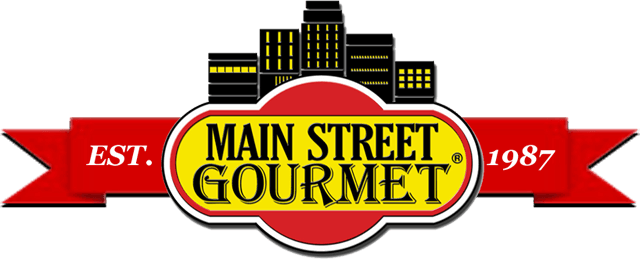Written by Harvey Nelson
Have you ever held a meeting and were so excited to bring the team together and share a new idea you’d been working on for months only to leave feeling as if your idea never had a chance? You go in knowing there will be some in the meeting who will be critical of your idea regardless of what it is. Yet others who would normally back you up didn’t support you. What happened?
At Main Street Gourmet, we have found it is not necessarily the personalities that cause a meeting to be ineffective, but basic human nature and a lack of clarity. It turns out the secret to an effective meeting is being clear on what you expect from the outset.
Create a template
To give a meeting the best chance of success, work has to be done at the time the meeting is coordinated. It has to be made clear what it is you want to accomplish, which can be done by declaring what type of meeting it is at the point you ask others to participate.
This can be as simple as creating a template that looks something like this:
What are we trying to accomplish and what type of meeting is it?
- Explorer
- Awareness/education
- Brainstorming; idea generation
- Clarification dialogue
- Artist
- Add Color
- Judge
- Prioritizing
- Solution/Decision
- Warrior
- Assigning Responsibilities
- Stating Goals
Why this simple tool helps
By stating what you want to accomplish, the organizer creates a focus and provides assurance to the participants that there is a need for the meeting. It also encourages those invited (even if it is subconsciously) to begin preparing to work towards the goal.
But the most important piece is declaring the type of meeting. The most effective explanation of the meeting types I have found comes from Roger von Oech’s concepts of the explorer, artist, judge and warrior. He used these terms to describe various phases in the creative process, defined as:
• Explorer — observing, questioning, open, anything goes, no wrong answers.
• Artist — combining, tweaking, synthesizing.
• Judge — critical eye, prioritizing, deciding, being realistic.
• Warrior — taking action, getting it done.
Applying these concepts to meetings requires looking at each type as a phase. The key is to clarify which phase everyone should be in for the particular meeting. Thus, when exploring, be an observer or an adventurer, but don’t be a judge.
You must decide and declare what type of meeting it is upfront. By letting people know that a particular meeting is an explorer meeting and that no decision will be made, or that it’s a judging meeting and it is appropriate to be critical, you raise the odds of accomplishing your goal.
Clarifying your meeting using this or a similar template will be the best thing for your discussions.

